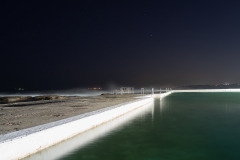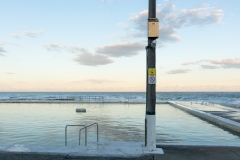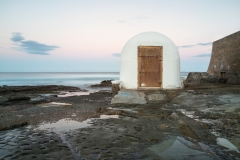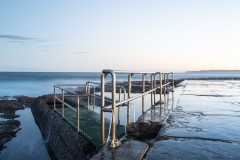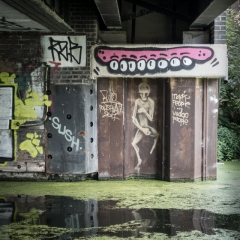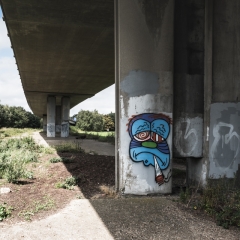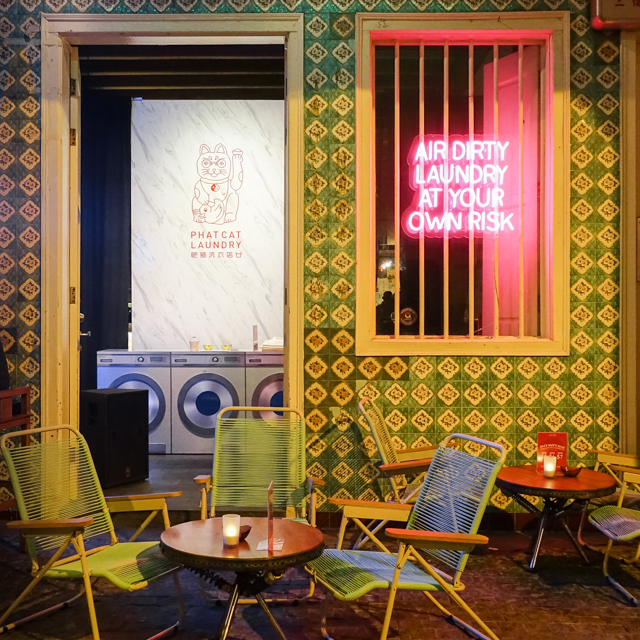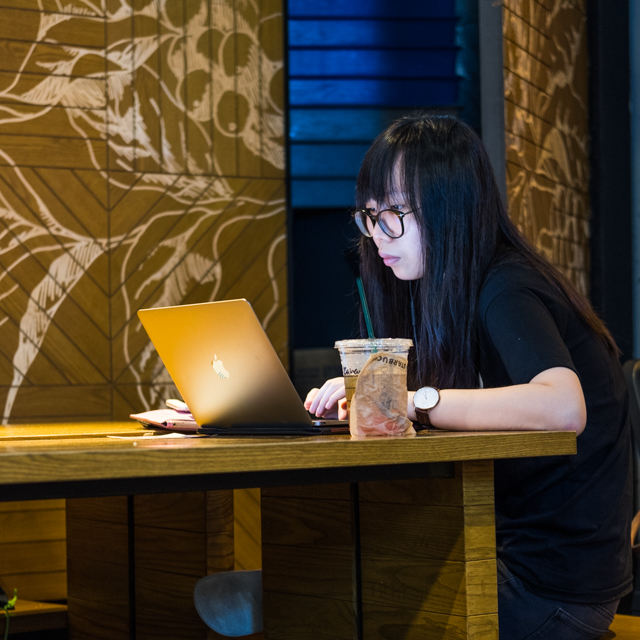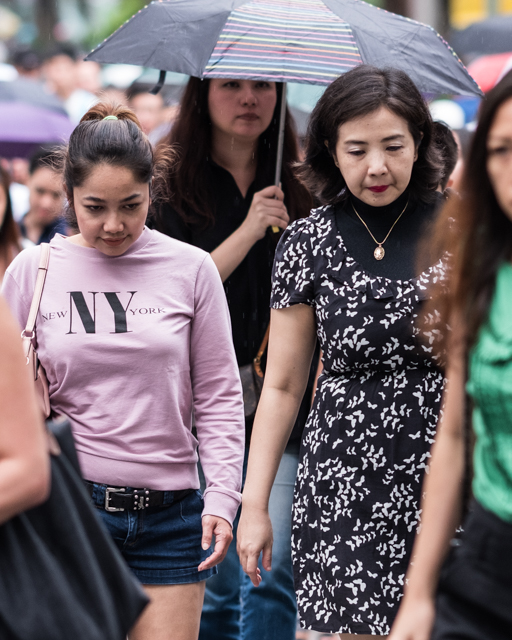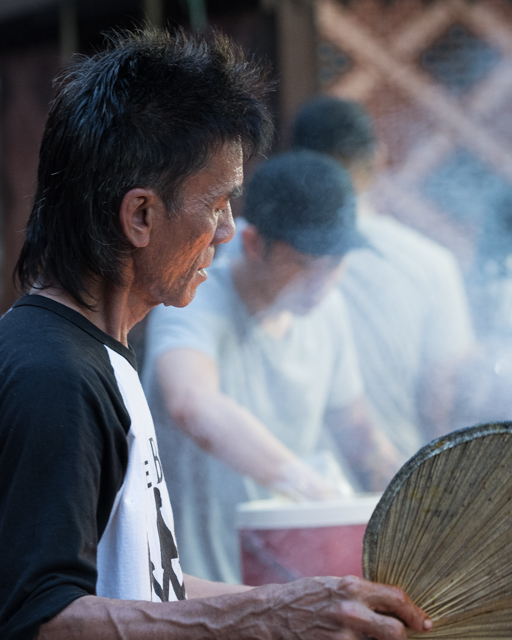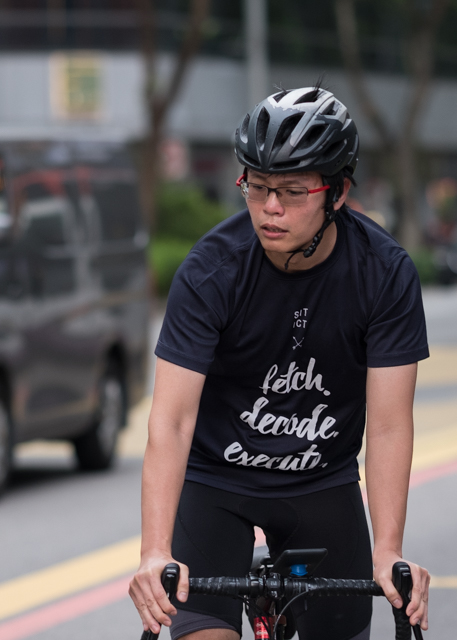I work in Newcastle one to two months a year. If I can, I try to swim in the Ocean Pool two or three times a week, usually in the morning. Not possible this year, but I thought I’d take a few photographs after work. The day/night transition was forced – it’s winter and it gets dark at around 6.00 pm. Weather and time allowing, I’ll explore some more. And, maybe, at Mereweather just along the coast – the largest Ocean Pool in the Southern Hemisphere.
Roding Valley Park
This ‘park’ comprises of interconnected, overgrown and largely neglected spaces running alongside and beneath three major roads in East London. Daytime activities are mundane, nighttime activities furtive. A defining feature, and a key challenge in giving a sense of the place, is the noise from the roads, which, resisting visual and material boundaries, sweeps across the surrounding urban areas. My intention is to explore the relationship between visual, audio and textual (re)presentations in conveying a sense of place and the transition/transformation from day to night. Initial images are relatively banal.
A possible direction for development is to place work from this context alongside subsequent studies of similar ‘non-places’ and ‘edgelands’ in other places where I currently work: Singapore (where these spaces are developed by the post-colonial state as ‘green connectors’ for exercise, leisure and urban farming) and Australia (where colonial overwriting of traditional conceptions of land, access and ownership is opposed by Aboriginal communities). The very different conceptions of space of the government in Singapore and Aboriginal people in Australia both present a fundamental challenge to practice and discourse relating to public space in the UK.
Project starting points
A quick reflection on some topics to explore further through my photographic work: ageing, caring, memory, encoding and decoding (particularly in relation the neglect of interpretation in current cognitive approaches in dementia research and practice); collaboration, interactivity and co-production in arts and sciences; new and emerging forms of work and workplaces, and changing relationships with domestic and leisure settings and activities; public/private space and the digitalisation of surveillance; the ambiguity of ‘edgelands’ across cultures; creation of alternative narratives from shared visual, textual and audio resources; countering vulnerability, insecurity and the internalisation of authority through image making.
Singapore Street Portraits
These images are from a 2017 project exploring moments of quiet and introspection in the densely populated high tech city-state of Singapore. Focusing on the busiest central business and retail areas, some also capture moments of anxiety. This was my first attempt at this kind of street portraiture. Whilst instructive, it reinforced my concern about the convert, and potentially dis-empowering and intrusive, nature of this approach. Future work of this kind would be more collaborative. I’m posting these to explore use of galleries in this blogging environment.
First post
I’m not convinced that, in fact, the first cut is the deepest, but certainly the first blog post feels like the toughest (as does the first note in a notebook, or the first paragraph of a essay, or anything that potentially soils an as yet clean page, and which sets a path that can never totally be erased). Anyway, I’m going to use this ‘first post’ to reflect on the transition to being a student. Of course, it’s not transition at all. To an extent, I’ve always been a student. The nature of my work, as an academic, teacher and researcher, places me constantly in the position of a learner (in a positive sense) and (more negatively) as constantly lacking (in the face of the lecture to be prepared, the paper to be written, the data to be analysed, the thesis to be read, the essay to be marked – homework never completed to satisfaction). The dread feeling of not being adequately prepared for what is to come is disconcertingly familiar, as is the counterbalancing excitement of potential engagement with new ways of thinking, experiencing, doing and being. So, not so much a transition to a new identity, but a supplement, and a shifting of the locus of control, risk and uncertainty. The first post sets us off into a forest of unknown unknowns. Should I enable the breadcrumb widget? So much to learn, even before the programme starts. Must be quick to post some more to bury this short text. There’s the motivation.


